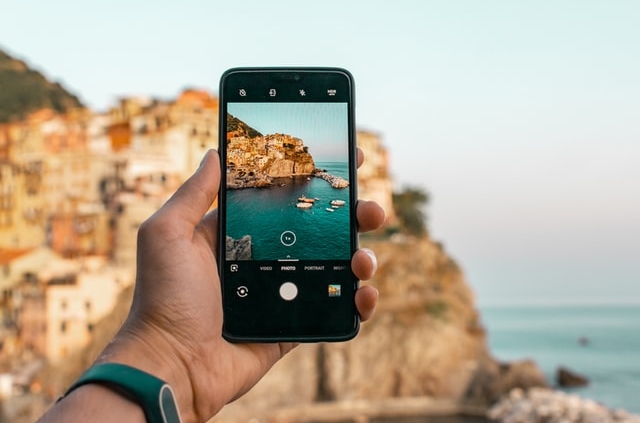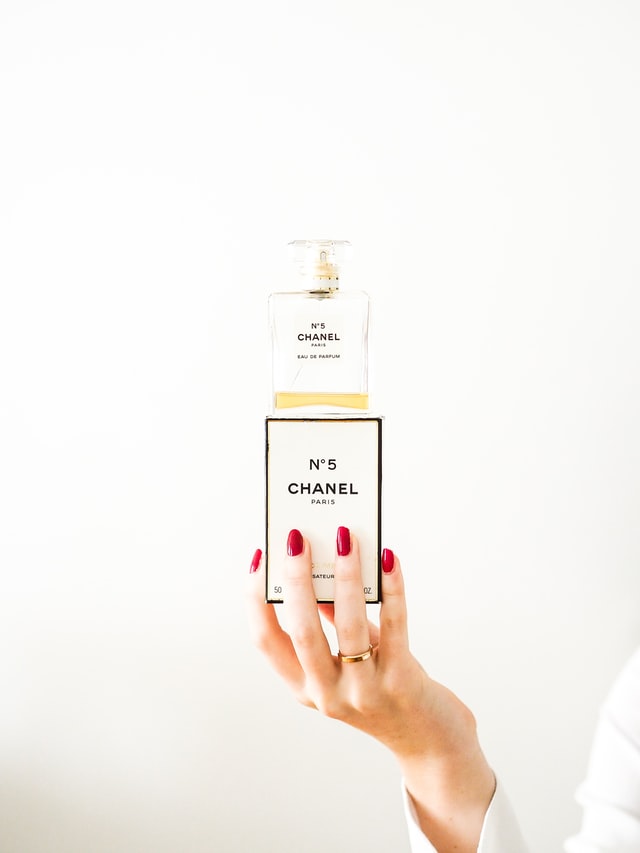Compensation Models For Influencers
How to compensate your influencers for a brand ambassador or influencer marketing strategy is an important part of your program that you must figure out before you start reaching out and finding influencers for your brand.
The problem is that there is no “right way” to compensate an influencer or brand ambassador for your brand. It depends on a multitude of factors like:
- Type of Target Influencer (micro, macro, celebrity)
- Influencer Marketing Budget
- Dedicated Influencer Marketing Team Members
- Type of Influencer Content
There are marketing trends that you can use to help define your compensation model based on the above factors.
In addition, there are different compensation models you can use to style how you pay your influencers.
The four that we will cover in this Compensation Model article are:
- Advocate
- Performance
- Action + Performance
- UGC Rights + Performance
Again, there is a definitive single compensation model that is perfect for every business, some may work better than others depending on your objectives and influencer targeting, but each one has a place within certain types of strategies.
We’ll seek to unpack each compensation model and provide examples of strategies where they are proven to work.
Advocate Compensation Model
The first type of compensation model for influencers is what we internally call at Tuff, Advocate. This is a compensation model that relies on the generosity of your top customers to become your influencers. It focuses more on customers who have shown an immense liking for your brand rather than influencers with no prior connection to your brand.
Using tools like Stamped.io and Klaviyo, you can set up Email Marketing Flows that help you identify advocates and invite them to share more about your brand with their friends and family. Depending on your customers, you may have some macro or celebrity influencers within these advocate circles, but for the most part this will be made up of people who might not think of themselves as “influential.”
The advocate model can be used in tandem with any of the compensation models on our list or by itself.
Performance Compensation Model
The second compensation model on our list is Performance. It is widely used in traditional sales and affiliate marketing strategies as it rewards those who reach specified goals. For example, you may pay your Influencers a 20% commission of all sales they generate or $5 for each app install in the Performance Model.
To make the performance model work you will need a way to track performance – most use some type of referral, affiliate marketing, or tracking link building software that has the ability to provide each of your influencers with a customized tracking link. This ensures that your influencer and team can both see how well your strategy is performing for a specific goal.
The Performance Model can work for a variety of industries from B2B to D2C eCommerce to Mobile Apps and Games. It’s a great option for companies who want to try out Influencer Marketing without needing a large budget – as it only pays for performance (usually revenue-generating actions).
The problem with the Performance Model really starts with the popularity of influencer marketing amongst all types of businesses from startups to Fortune 500 companies – everyone is getting in on using influencers of all sizes from the micro to celebrity.
The reason this poses an issue for the Performance Compensation Model is that the larger companies who can afford to pay influencers upfront without needing to see results first have made it very difficult for influencers to be interested in a performance type model.
Based on our findings with Tuff’s clients, the performance model may only work well in combination with an advocate model. The reason is you’ll need advocates who are interested in spreading your brand’s messaging with or without payment compensation.
Base Plus
The third compensation model is called Base Plus, which is a form of Performance that provides the Influencer with a base payment. With a pure Performance Model, as discussed, you have the issue of the Influencer Marketing world being spoiled with high budgets since content marketers made Influencer Marketing out to be the greatest tactic since the beginning of modern growth marketing.
In reality, Influencer Marketing has been around since the invention of sales when one happy customer said to another, “You’ll be happy with your purchase, trust me, I love mine!”
With Base Plus, you provide Influencers with a base payment for each action like a post or mention, then you layer on a commission payment for high performance!
For example, you might pay $50 per Instagram post + 15% for all revenue generated.
As a reminder, you will need a way to track performance – you might be able to get away with UTM links, but a custom link tracking software will be better suited and designed for your exact needs.
User-Generated Content Rights + Performance
The final type of model we’ll talk about is a form of Base Plus. It’s what we’re calling User Generated Content Rights + Performance. Instead of making a base payment for an action, you’re paying a base for the right to the content that is created by the Influencer Marketing.
This compensation model is the most advantageous to a brand because you’re paying for a digital good that you can repurpose across your marketing and advertising strategies. Should the performance of the post or mention not pan out, then you can fall back on collecting user-generated content like images or videos of your influencer using your product. You can then take those images and use them on your website design, email marketing, ppc, and/or social advertising campaigns.
Given the state of Influencer Marketing, it’s unlikely that you’re going to get away with a pure Performance model, so might as well go ahead and get the full rights to the image or video that the influencer is creating to market to their audience.
For this compensation model to work, you’ll need performance tracking software and a contract that explicitly states you will own the full rights to the video or image used in the post as well as that you will need a raw, original file of that asset.
The Influencers you use for this type of compensation model do not have to be professional videographers or photographers. In fact, we find that the top-performing assets in 2020 are lower quality user-generated content made on iPhones.
Interested in Influencer Marketing but don’t have the bandwidth or team to execute a strategy yourself. Talk to Tuff about Influencer Marketing.











